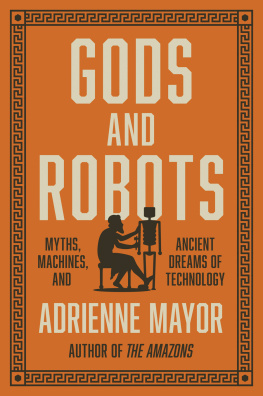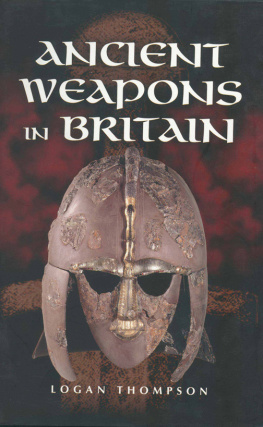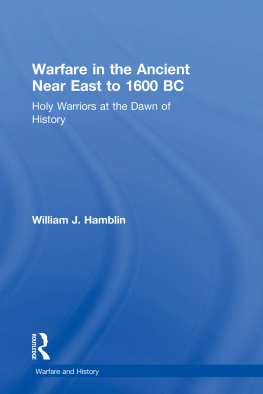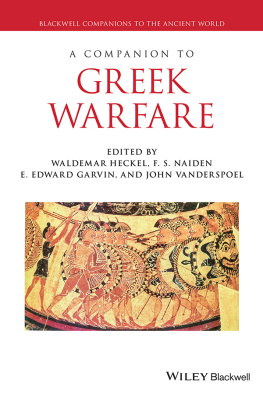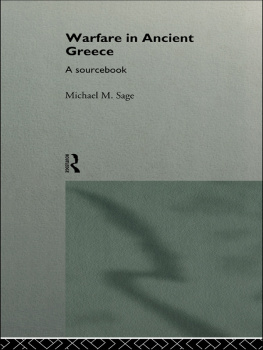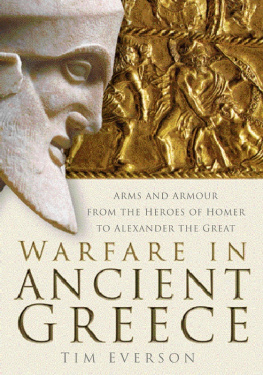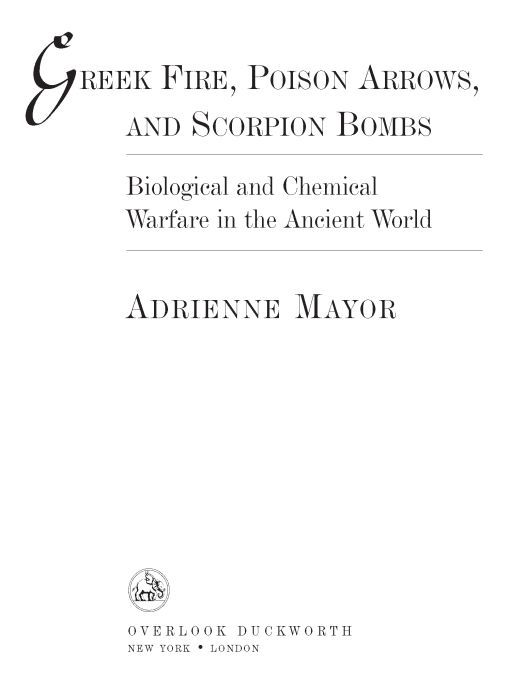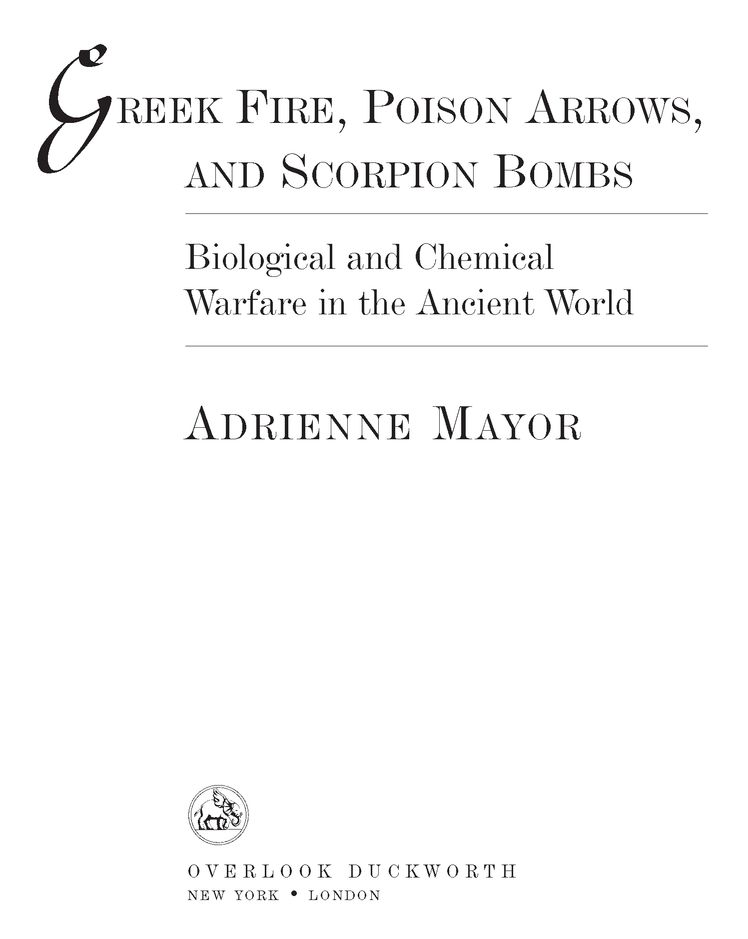Table of Contents
For Michele and Michelle,
my sisters and friends
ACKNOWLEDGMENTS
MANY SCHOLARS, scientists, and friends helped this project take form. For expert knowledge, valuable references, critical support, and/or substantive comments on early versions of chapters, I thank Aaron Bauer, Steve Casey, Will Keener, John Kelsay, Milton Leitenberg, Michelle Maskiell, Josh Ober, Severo Perez, Robert Peterson, Julian Perry Robinson, Jack Sasson, Barry Strauss, Philip Thibodeau, Kathleen Vogel, and Mark Wheelis. Special thanks go to the LPG members of Princeton for clear-headed critiques and friendly support.
Sure-handed guidance in envisioning this project was provided by Kirsten Manges, my agent at Curtis Brown, Ltd. Caroline Trefler, my editor at The Overlook Press, offered enthusiastic support and made many valuable suggestions for improvement. I thank Michele Angel for creating the maps and helping to prepare illustrations, and Barbara Mayor for her proofreading acumen. John Herrmann, Charles Kline, Kenneth Lapatin, and John Oakley went out of their way to help me obtain illustrations.
Im grateful that my interest in investigating the hidden scientific depths of classical legends received encouragement at early stages from Gerald Erickson, Mott T. Greene, William Hansen, Zeph Stewart, and Henriette Warwick. Some of the research gathered here first saw light in preliminary form thanks to Rob Cowley, former editor of MHQ: Quarterly Journal of Military History (Autumn 1997) and Peter Young, editor of Archaeology (November-December 1995 and March-April 1997).
And to Josiah Ober, my hearts companion: Long may our conversation continue.
PREFACE
TO THE 2009 EDITION
Not long ago, Italian archaeologists excavating a Roman villa near Pompeii discovered a large vat containing the residue of whatever had been stored in the container since AD 79. Tests of the residue, published in 2007, revealed a mixture of powerful medicinal plants, including opium poppy seeds, along with the flesh and bones of reptiles. Was this an ancient witchs poisonous brew? Quite the contrary; according to the archaeologists, the vat may have been used to prepare a secret universal antidote believed to counteract all known poisons.
This concoction, a combination of small doses of poisons and their antidotes, called Mithridatium, had been invented by King Mithridates VI of Pontus, a brilliant military strategist and master of toxicology, about one hundred years earlier. His recipe was perfected by the Emperor Neros personal physician and became the worlds most sought-after antidote, long prescribed for European royalty. The original formula is lost, but ancient historians tell us that the ingredients included opium and chopped vipers.
In our own time, beset by threats of biological warfare and terrorism, Mithridates dream of achieving immunity to toxic weapons wielded by ones enemies still beckons scientists. In 2003, when this book first appeared, fears of biological and chemical weapons of mass destruction in the Middle East and a series of unsolved anthrax attacks in the United States had everyone on edge. As a historian of ancient biochemical warfare, I was invited to attend the international Biosecurity 2003 summit in Washington, DC. I was also interviewed on History Channels Global View about the origins of biochemical warfare. Another guest that day was New York Times reporter Judith Miller, a survivor of the 2001 anthrax attacks. The third guest was Serguei Popov, former top biological weapons researcher in the Soviet Unions massive Biopreparat program, who defected to the United States in 1992. After our TV interviews, I spoke and corresponded with Serguei Popov about his new research at the National Center for Biodefense. I learned that after decades of developing extremely dangerous, genetically engineered super-viruses intended as bioweapons against Russias enemies, Dr. Popov now devotes his life to seeking a kind of modern Mithridatium, a universal antidote for our times. He and his colleagues hope to invent a vaccine to counter the most commonly weaponized pathogens.
Working with virulent pathogenswhether to create bioweapons or formulate biodefensesentails the potential for grave boomerang effects and raises a Hydras Head of unintended consequences. Indeed, as the following chapters will show, the decision to use biological and/or chemical tactics in warfare is a double-edged sword. Blowback, friendly fire, collateral damage, and self-injurythese are recurring themes in attempts to control poison weapons in antiquity and today.
Two entertaining and educational media events inspired by the original edition of this book underscore the ever-present threat of self-injury when handling toxic armaments.
The dread scorpion bomb of antiquity (described in Chapter 6, Animal Allies) was selected for National Geographics poison issue, Twelve Toxic Tales (2005). To illustrate the story, the editors decided to make a real scorpion bomb to be photographed and X-rayed. An expert in ancient pottery created an authentic replica of a terracotta pot like those found at the desert fortress of Hatra near modern Mosul, Iraq, where scorpion bombs had successfully repulsed Roman besiegers in AD 198. After some searching, six deadly Iraqi Death Stalker scorpions were obtained from an exotic pet shop. But now, in the National Geographic studio, photographer Cary Wolinsky and his scorpion wranglers found themselves facing the same threat of blowback that the defenders of Hatra had somehow overcome. How does one go about stuffing deadly scorpions into a jar without getting stung? In antiquity, there were several techniques for handling scorpions safelynone of them all that safe. The National Geographic team hit on a method unavailable to the desert dwellers of Hatra: the wranglers placed the scorpions in a refrigerator to slow them down before each photo shoot.
As consultant and interviewee for a History Channel episode, Ancient Weapons of Mass Destruction (2006), I had to caution the production crew that toxic armaments of 2,500 years ago are still mighty dangerous today. They wanted to reproduce the spectacular incendiary weapon devised by the Spartans during a protracted siege at Plataia in 429 BC, during the Peloponnesian War. But it would not be a good idea to toss lumps of actual sulphur onto a blazing hot bonfire of resinous pine logs without issuing gas masks to everyone in the vicinity (Chapter 7 explains why). Likewise, one should be very careful when crushing pretty but highly toxic hellebore plants in a mortar and pestle, to recreate another famous siege-breaking bioweapon used in Greece in 590 BC (Chapter 3).
Keen interest in the origins and early practice of biological and chemical warfare keeps pace with todays advances in biochemical weapons and defenses. To date, this book has been translated into six languages (Japanese, Turkish, Korean, Chinese, Greek, and Polish); it is assigned for university courses and cited in military and public health manuals, international arms control materials, and as evidence in court cases involving attack dogs and Agent Orange. Greek Fire, Poison Arrows, & Scorpion Bombs has become a favorite reference book among fantasy- and war-gamers and military history buffs around the world. Several best-selling novelists have found inspiration in my collection of insidious, ingenious bioweapons from classical antiquity. For example, the fictionalized historical characters in Margaret Georges


